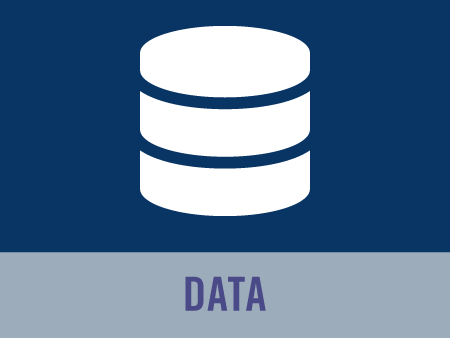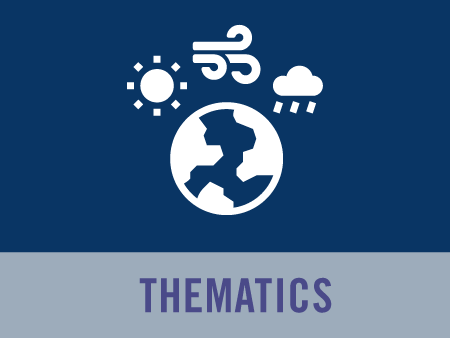GlobCurrent
GlobCurent aims to advance the quantitative estimation of ocean surface currents from satellite sensor synergy and to demonstrate the impact and advancements through user-led scientific, operational and commercial applications.
Overview
Ocean Surface Currents (OSC) are the coherent horizontal and vertical movement of surface ocean water (over a specific depth regime) with a given velocity and an upper boundary in contact with the atmosphere that persist over a geographical region and time period. Direct and indirect estimates of OSC and higher level derived quantities such as frontal boundaries can be derived using a variety of satellite sensors including altimetry (both LRM and SARM), gravimetry, SAR, scatterometry, optical (VIS and TIR) and passive microwaves. Sparse in-situ current measurements from drifting and moored buoys, coastal HF-radar installations, Argo floats, gliders and ship observations complement these satellite measurements. Each of these satellite and in-situ based measurement techniques has their specific strength and limitations (e.g., resolution, coverage, accuracy, depth integration, cloud dependence, empirical based retrieval methods, etc). By development and use of systematic data merging and sensor synergy combined with advanced processing tools and simulation models, the complementary strength of each sensing technique can be optimized. In so doing the deficiencies are relaxed and the final estimate of the OSC and higher level derived products (e.g. frontal boundaries) will be more consistent, regular and reliable. In turn the use and uptake of satellite based OSC derived products will grow.
GlobCurent aims to advance the quantitative estimation of ocean surface currents from satellite sensor synergy and to demonstrate the impact and advancements through user-led scientific, operational and commercial applications. This in turn, will highlight the advantages of satellite approaches and increase the uptake and exploitation of satellite ocean current measurements.
The GlobCurrent project was funded by the ESA Data User Element, which is a programmatic element of the 4th period of the European Space Agency's Earth Observation Envelope Programme.
Aims
The aims of the GlobCurrent project are to develop and promote:
- Positive impact on user community applications requiring OSC measurements
- Novel common-format OSC data products and supporting documentation for use by the GlobCurrent user community
- Regularly updated and quantitative estimates of satellite OSC uncertainties
- New multi-sensor algorithms capitalizing on the synergy between complementary EO data sets
- A federated international user/producer community for OSC
- Improved understanding of the spatial and temporal variability of sub/mesoscale OSC and the underlying 2D and 3D processes governing their dynamics
- Improved user-led data delivery systems for satellite OSC measurement data products
- Increased uptake of ESA and other Third Party EO Mission satellite OSC measurements with positive impact on scientific, operational and commercial applications
- Preparation and exploitation of the GMES Sentinel-1 and Sentinel-3 data sets if available
- A clear scientific roadmap for future activities required to develop further the GlobCurrent project aim and objectives
Data products
The GlobCurrent data repository now includes the surface geostrophic current, the Ekman current at the surface and at 15 m depth, and the combined geostrophic and Ekman currents. The data are interpolated and collocated to a common grid with a spatial resolution of 25 km and a temporal resolution of 1 day for the geostrophic current and three hours for the Ekman currents and the combined currents. It covers the 23-year period from January 1993 to May 2016. A regional product for the Mediterranean Sea interpolated to a spatial resolution of 1/8 degree and a temporal resolution of 3 hours is also available.
Access and downloading: http://globcurrent.ifremer.fr/products-data/data-catalogue.
Visualization
The data can be visualized at the Syntool visualization website http://globcurrent.oceandatalab.com/. The Syntool front page contains: an overview of products (left); display settings (top); a zoom function (right); and a running timeline (bottom). A wide range of satellite and in-situ data are visualized at global and regional levels. Syntool clearly highlights and demonstrates the ability of sensor synergy for studies of upper ocean dynamics at basin scale (~ 1000 km), at mesoscale (~ 30 to 100 km) and at submesoscale (< 10 km).
Additional Info
- Web site: http://globcurrent.ifremer.fr
- Funding agency/program: ESA
- Duration: 2 years
- Status: Completed
- Partners: Ifremer, NERSC, ODL, PML, University of Exeter, CLS, IsardSAT












